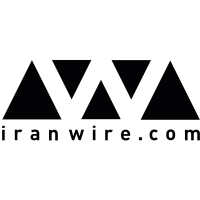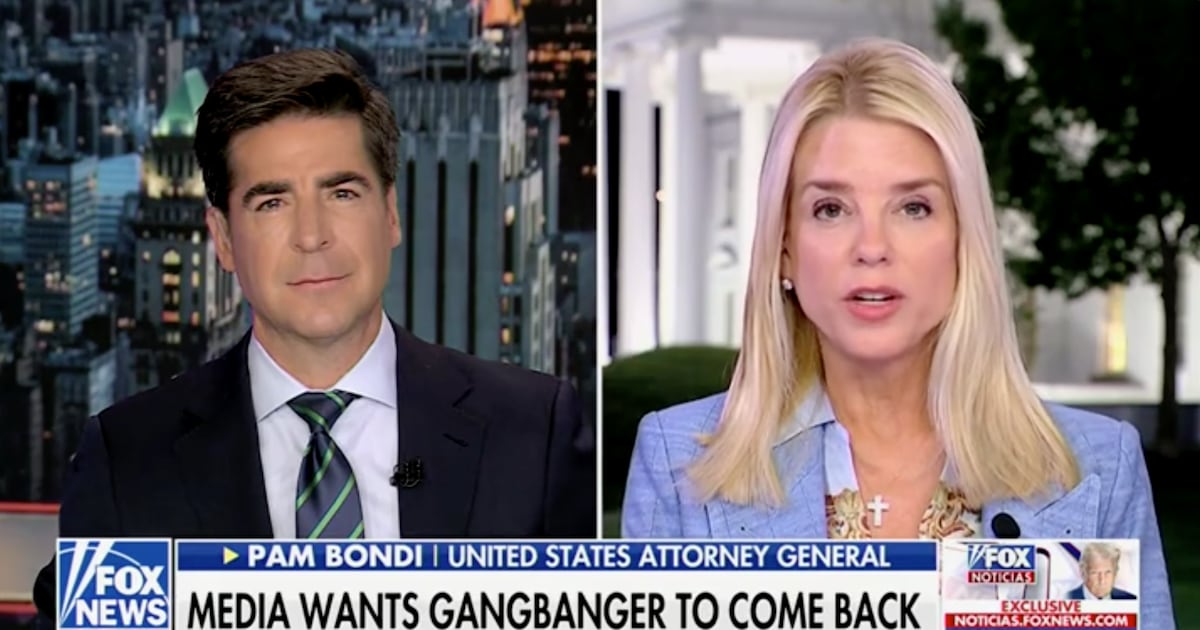THE STREETS OF IRAN are calming down after more than a week of protests about fundamental issues—jobs, corruption, the cost of food—that quickly took on political overtones. Many demonstrators called for an end to the theocratic regime’s costly adventures outside Iran’s borders, and, in a few cases, an end to that regime altogether.
The demonstrations took place more or less spontaneously in cities and towns all over the country, and the government at first appeared confused, with hardliners blaming moderates, moderates blaming hardliners, and, of course, many in the regime claiming this was all a plot by Iran’s foreign enemies: the U.S., Israel, and Saudi Arabia. But by late last week, the government had largely reasserted control over the streets, and the big question that looms is, “What next?”
“The Iranian government might be able to suppress the protest for a few days, maybe a few weeks, a few months, or even a few years, through allocating security forces, government resources, to the suppressing people’s protest,” Maziar Bahari, who was jailed in Iran in 2009 and is now the London-based editor of IranWire, told Politico Magazine. “But because of these protests, unemployment, corruption, the ineffectual Islamic system that has been Iran for the past 40 years—these will not go away. And as a result, people will come to the streets and demonstrate any time there is a measure of space.”
Of course mass communications are important to encourage mass movements, conveying information, inciting action, helping to organize. But the uprisings of the last two weeks brought attention to two media groups that in varying degrees are calling for violence using “news” that sometimes sounds about as phony as something published by InfoWars. It’s an approach considered problematic even—one might say especially—by many inside and outside Iran who are hopeful the protests will bring real change.
As columnist Eli Lake wrote for Bloomberg View, “The state has many more guns than the people do. The best odds for the uprising come through nonviolent civil disobedience. The goal for Iran’s demonstrators now should be to build as wide a coalition as possible. If regular people feel threatened by revolutionaries, they will not feel safe enough to join the opposition to the dictator. The opposition must create a space where regular police officers feel empowered and safe enough to disobey if ordered to disperse crowds and arrest activists.”
Following is a detailed picture of the two networks published by IranWire, which is a partner of The Daily Beast.
—Christopher Dickey, World News Editor
TWO CHANNELS ON THE ENCRYPTED messaging app Telegram, Amad News and Restart, have become major players in Iranian political discourse in recent weeks. The best-known figure associated with Amad News is Ruhollah Zam, while Restart is run by Mohammad Hosseini. Both channels have been accused of inciting violence.
Telegram blocked the Amad News Telegram channel, which has a membership of more than 1.4 million, on December 31. This followed a request from Mohammad-Javad Azari Jahromi, Iran’s Minister of Information and Communications Technology, to Telegram via Twitter to shut down the channel. “A Telegram channel is encouraging hateful conduct, use of Molotov cocktails, armed uprising, and social unrest,” Jahromi wrote. “NOW is the time to stop such encouragements via Telegram.”
Then managers of Amad News announced that the person responsible for encouraging violence had been fired. They have since launched a new channel, the People’s Voice (“Seda-ye Mardom” in Persian), which has already attracted around 1.4 million members.
This number is significant for two reasons. One is that although the Iranian government has restricted access to Telegram, people have used virtual private networks (VPN) to join the new channel. The other is that the Iranian government has told Telegram that if it shuts down the People’s Voice, it will stop filtering Telegram. The company has rejected the offer and negotiations between the Iranian government and Telegram are practically at a standstill. Both points show how important this channel is in disseminating information in Iran.
What also makes Amad News stand out is the fact that it has access to secret documents concerning national security and corruption, and this has fueled accusations against Judiciary Chief Sadegh Larijani, the Revolutionary Guards and even the Supreme Leader Ayatollah Khamenei. In turn, the Islamic Republic’s security agencies have arrested a number of journalists on the charge of communicating with Amad News.
Mohammad Hosseini describes his Restart channel as a “movement.” The channel does not have as many members as Amad News does, but Hosseini says that overall he has 30 million supporters and his movement is a form of mysticism and Sufism. He says has chosen the name Restart to encourage his supporters to think in new ways.
Certain actions carried out by the group, including attacks on government buildings, breaking windows and setting fire to buildings, have attracted huge attention, as has the fact that those responsible for these attacks have scrawled the word “Restart” on their targets. Hosseini has been broadcasting messages to the people of Iran on Telegram, Instagram and other social media platforms since March 2016, urging them to “#restartIran”—and he has expressed hopes his movement will earn the support of the US government.
From “Color Protest” to “Fire Protest”
“We started with a color protest,” Hosseini told Bloomberg News. “We told people to spray colors on the walls of buildings that belonged to the [the paramilitary] Basij.” After this, Hosseini said they moved on to urging Iranians to throw rocks at the windows of government buildings. “Then we said there should be a fire protest,” he said. “They should burn down government mosques and police stations.”
According to some Iranian politics experts, the “neighborhood watches” that the Revolutionary Guards started on November 26 in Iranian cities were organized as a preventive measure against supporters of Restart.
Assuming the role of leader, Hosseini often issues instructions to his supporters via the Restart channel and has announced that he wants to revive the empire of Cyrus the Great or create a Sufi empire. In his latest recorded message, he threatened that if Revolutionary Guards and Basij forces remain in the streets his supporters will kill or set fire to 120 members of the Guards and their families.
Admins for the Amad News and People’s Voice channels use a different language than that used by Restart. Amad News directors say that they are not after overthrowing the Islamic Republic, but they want to raise the awareness of the Iranian people so that they themselves will decide to change the regime. Nonetheless, they have praised Restart’s activism. According to a Radio Liberty interview, Ruhollah Zam denies allegations that he incites violence but openly admits that the channel’s mission is to take down the government.
Mohammad Hosseini has no record of political activism. From 1994 to 2010 he worked with the Islamic Republic of Iran Broadcasting (IRIB) as the host of a gameshow called Simorgh. On the show, he asked contestants to perform silly stunts in exchange for prizes. After leaving Iran he continued to be involved in the production of satirical programs but little by little he became a militant opponent of the Islamic Republic and launched Restart.
He claims that as of now his supporters have set fire to 30 mosques, between 500 and 600 banks, between 200 and 300 ATMs, and between 150 and 180 Basiji bases. These are more than likely exaggerations, but what is important is the fact that Mohammad Hosseini has been publicly inciting violence. He says he wanted the mosques to be set on fire because they have been turned into Basiji bases, but he has not explained why his supporters have set fire to banks or ATMs.
Despite his lack of political experience, Mohammad Hosseini’s fantastical utterances and his often delusional analyses of what goes on in Iran have helped him make a name for himself as a major opposition figure to the Islamic Republic. And social networking sites have enabled him to find followers willing to attack government offices. These attacks have led to an intensification of security clampdowns in Iran but Mohammad Hossein says that violence is the only way to overthrow the Islamic Republic.
Khamenei’s Lookalike?
One of Mohammad Hosseini’s more fantastic claims is that Ayatollah Khamenei either died or went into coma a year ago. Currently, he says, somebody who looks like him is playing the role of the Supreme Leader.
Eight months ago, he said that according to predictions by the Sufi Master Shah Nematollah Wali (1330-1431) 700 years ago, the Islamic Republic will crumble in 2018. Hosseini has repeatedly declared that the fall of the Islamic Republic “has been permitted” or “has been ordered.” It is not clear who has actually “permitted” or “ordered” the downfall, but considering his reliance on Sufi sources, it is very likely that he means an occult or supernatural authority.
Hosseini also says he has prepared a new constitution for Iran, comprising of 24 articles, the most important of which is the “freedom to carry arms” so that if the government turns into a dictatorship people will be able to rise up against the government.
Some of Hosseini’s opponents say that his group is the work of Iran’s security agencies, designed to discredit legitimate opposition groups. Hosseini has responded by saying that other opposition groups are guilty of that, but not his.
The same charges have been made against managers of Amad News. Some of its opponents say that their strings are pulled by the security services of the Islamic Republic and that the information provided to them by these agencies are meant to serve those agencies’ own purposes. For instance, people who criticize Amad News say that repeated revelations about Judiciary Chief Sadegh Larijani have emerged because Larijani’s enemies want to disqualify him as a candidate to succeed the Supreme Leader. They claim that revelations that Larijani owns 63 illicit personal bank accounts and claims that his daughter is a British spy are overt attempts to utterly discredit him.
The critics might be right. It is far from certain that such disclosures are credible or are meant to benefit the public in anyway. The argument that they might benefit certain political groups is valid.
Who Is “Rochfield”?
Critics also point to glaring errors in some of Amad News’ claims. They say such errors can also discredit other media outlets that report on corruption among Islamic Republic officials. For instance, recently Ruhollah Zam claimed that a person by the name of “Rochfield” who owns 65 percent of the Federal Reserve Bank met in Monaco with Fazel Larijani, one of the influential Larijani brothers. According to him, this “Rochfield” wanted to meet with Ayatollah Khamenei’s son Mojtaba, but Mojtaba was wary of travelling to Monaco and had instead sent Fazel Larijani. The purpose of the meeting, said Zam, was to instigate money laundering. But critics say that Zam was probably referring to the prominent banking family the Rothschilds and, in any case, the Federal Reserve is the central bank of the United States and does not have any shareholders.
But Amad News directors defend the credibility of their reports. They point out that some of the reports have been confirmed by government officials or members of the parliament. As examples, they point to reports about a famous Koran reciter molesting children, or the questionable bank accounts held by judiciary officials—reports that have been confirmed by Iranian officials in their general outlines. Amad News directors say that they get their information because there are divisions and rivalries between the two main security agencies in Iran—the Intelligence Ministry and the Intelligence Corps of the Revolutionary Guards—and also because of discontent among the staff of these agencies.
Ruhollah Zam’s father was a mid-level government official and has had access to other mid-level and high-level Iranian officials. This has been cited as a reason why Amad News has been able to have access to classified information. However, Zam denies this. He told Radio Liberty that his family in Iran has paid a heavy price for his media activities, as Iranian authorities have detained several of his relatives in an effort to pressure him to “shut down his channel and return to Iran to save his family.”
In recent months, the Restart group has gained support from the Bayan Media Network, the director of which is Bijan Farhoodi who used to work with the Voice of America (VOA). Also, the program Last Page on VOA TV network, which is hosted by Mehdi Falahati, has frequently invited Ruhollah Zam on its broadcasts. There is no evidence that this proves a systematic connection between them, but what is clear is that Restart and Amad have succeeded in securing powerful platforms for their agendas. None of the major opposition groups to the Islamic Republic have officially supported either of them, but they concede that they have been more effective than other active opposition groups outside Iran.
POST SCRIPT: In a telephone interview Monday, Hosseini told The Daily Beast he stood behind the claim about a bogus Supreme Leader Khamenei “100 percent.” His evidence: There would not be such fierce infighting if a real Supreme Leader were in charge. Hosseini also was clear about his motivation calling for violence. He and his Restart message were not getting enough attention with calls for nonviolent protest. As he had told Bloomberg, he started out calling for people to “throw colors,” paint, at buildings that belonged to the Basij militias that are used as goon squads by the government:
“When the colors didn’t work that much, I switched to throwing rocks, because they didn’t talk about me. There were thousands of videos showing they threw color, but no news picked it up, so I became more aggressive. I decided to switch to throwing rocks, so that got a little attention but not enough. So I switched to throwing fire at government buildings, Basij banks and mosques that had Basij headquarters there, and banks that are stealing people’s money.”
Hosseini said he had no connection at all to the People’s Mujahedin of Iran, a cult-like organization that has waged a long battle against the regime. He also denied that the kind of violence he called for would undermine the uprisings. “We haven’t killed a human, we haven’t killed an animal, we haven’t even killed a plant. But this is the best way to fight.”
Wouldn’t nonviolent protest be more effective? “Every time we try to change things that way we get killed in the streets,” said Hosseini. “You ask for peaceful protests while they are shooting at us with AK47s. We are like in a cage with wild animals and we are being told, ‘Just pet them.’”






